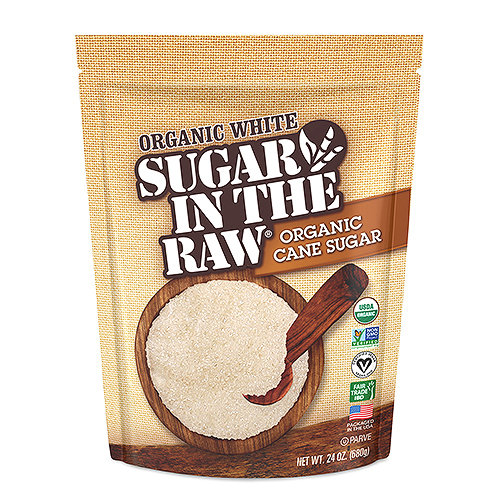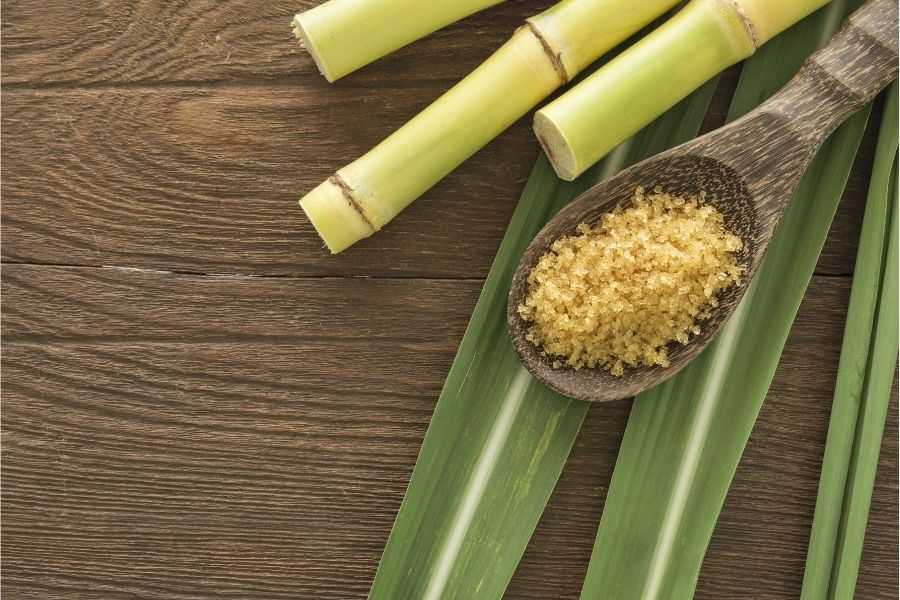The Science Behind Cane Sugar Processing: Exactly How Sweetness is Refined
The Science Behind Cane Sugar Processing: Exactly How Sweetness is Refined
Blog Article
Comprehending the Critical Methods and Technologies Utilized in Modern Cane Sugar Handling
The evolution of walking cane sugar handling has been substantially shaped by the assimilation of advanced methods and modern technologies that address both efficiency and sustainability. Enzyme-assisted extraction and sophisticated refining techniques have reinvented yield optimization, while automation promotes functional reliability. Additionally, the focus on sustainable practices mirrors an expanding understanding of environmental impact. As we explore these important improvements, it becomes necessary to check out how they not only improve production however also align with more comprehensive industry trends and consumer needs, questioning concerning the future of sugar handling and its effects for global markets.
Historic Context of Cane Sugar Processing
The historical context of walking cane sugar processing reveals an abundant tapestry of agricultural advancement and cultural exchange that has actually formed its advancement over centuries. The process of refining and removing sugar gained energy in India, where techniques for crystallization were developed around the 6th century.

Advanced Removal Methods
Effectiveness in cane sugar removal has seen considerable developments, driven by the need for greater yields and reduced production costs. This strategy not just enhances sugar yield yet likewise lowers the power needed for handling.
In addition, the fostering of membrane layer filtering modern technologies, such as nanofiltration and turn around osmosis, has revolutionized the separation of sugar from pollutants. These approaches permit for the careful permeation of sugar particles while preserving bigger pollutants, streamlining the extraction procedure and decreasing waste.
Moreover, the assimilation of continuous extraction systems has caused improved functional effectiveness. Cane Sugar Processing. These systems keep a continuous circulation of walking stick product, guaranteeing ideal removal problems and decreasing downtime connected with batch processing
Ingenious Refining Technologies
Refining methods in walking cane sugar processing have gone through a transformative change, driven by the need for greater pureness and enhanced product high quality. One of one of the most remarkable advancements is the adoption of membrane layer filtering innovations, such as ultrafiltration and nanofiltration. These processes efficiently eliminate impurities and colorants without the demand for comprehensive chemical treatments, thereby preserving the sugar's natural taste and improving its appeal.
An additional significant development is making use of ion exchange materials, which permit discerning elimination of unwanted ions from sugar solutions. This modern technology not only increases the general pureness of the final item but additionally contributes to lowered waste and ecological influence.
Moreover, improvements in adsorption techniques, making use of activated carbon and other advanced materials, have verified effective in decolorizing sugar services while keeping optimum top quality. The integration of these ingenious refining technologies makes sure that manufacturers can generate refined sugar with remarkable clearness and taste, satisfying the evolving choices of consumers.
Automation and Control Solution
Recent advancements in refining modern technologies have actually led the way for significant renovations in automation and control systems within walking stick sugar handling centers. These systems use innovative software and equipment to boost functional performance, decrease human error, and guarantee consistent product top quality.
Modern automation integrates different elements, including sensing units, actuators, and programmable logic controllers (PLCs), making it possible for real-time monitoring and control of important processes. For instance, flow, temperature level, and stress rates can be specifically managed throughout removal, information, and formation phases, maximizing performance and reducing waste.
In addition, advanced information analytics and machine additional reading understanding algorithms play a critical function in anticipating upkeep, enabling operators to anticipate devices failures before they take place. This positive method not only lowers downtime however additionally extends the lifespan of visit homepage machinery.
Additionally, automation promotes the implementation of Industry 4.0 concepts, equipping sugar mills to accomplish greater connectivity and information exchange across procedures. Therefore, decision-making becomes more active and educated, inevitably enhancing the total competitiveness of cane sugar production. With these advancements, the sector is well-positioned to satisfy growing international needs while maintaining operational quality.
Sustainability Practices in Sugar Manufacturing
Sustainability techniques in sugar production have actually ended up being significantly vital as the sector seeks to stabilize economic stability with ecological obligation. As consumer awareness expands pertaining to the environmental impacts of farming practices, sugar manufacturers are adopting innovative approaches to reduce their environmental impact.
One considerable technique is the application of accuracy agriculture techniques, which use data analytics to maximize resource use, such as water and plant foods. This lowers waste and lessens the effect on regional ecosystems. Furthermore, lots of producers are transitioning to renewable resource resources, such as biomass from sugarcane results, to power their procedures, thereby decreasing reliance on nonrenewable fuel sources.
Water administration practices are additionally vital; rain harvesting and effective watering systems help minimize water shortage concerns. Cane Sugar Processing. Additionally, integrated parasite monitoring techniques reduce chemical usage, promoting biodiversity and dirt health
Business social duty initiatives are arising, with companies buying local areas and guaranteeing reasonable labor methods. By accepting these sustainability methods, the sugar sector not just enhances its credibility however additionally adds to a more sustainable agricultural landscape, paving the method for future generations.

Conclusion
In recap, modern-day cane sugar handling includes a range of innovative strategies and innovations that significantly enhance return, sustainability, and performance. Jointly, these innovations place the walking cane sugar industry to meet modern demands while dealing with essential international obstacles.
The development of walking stick sugar processing has been significantly formed by the integration of sophisticated techniques and technologies that deal with both efficiency and sustainability.The historical context of walking cane sugar processing exposes an abundant tapestry of agricultural technology and social exchange that has formed its development over centuries. Innovations in milling and refining emerged, laying the groundwork for modern-day walking cane sugar processing.Refining techniques in walking stick sugar processing have undertaken a transformative change, driven my sources by the demand for greater purity and boosted product top quality.In recap, modern walking cane sugar handling integrates a variety of advanced methods and innovations that considerably boost return, efficiency, and sustainability.
Report this page